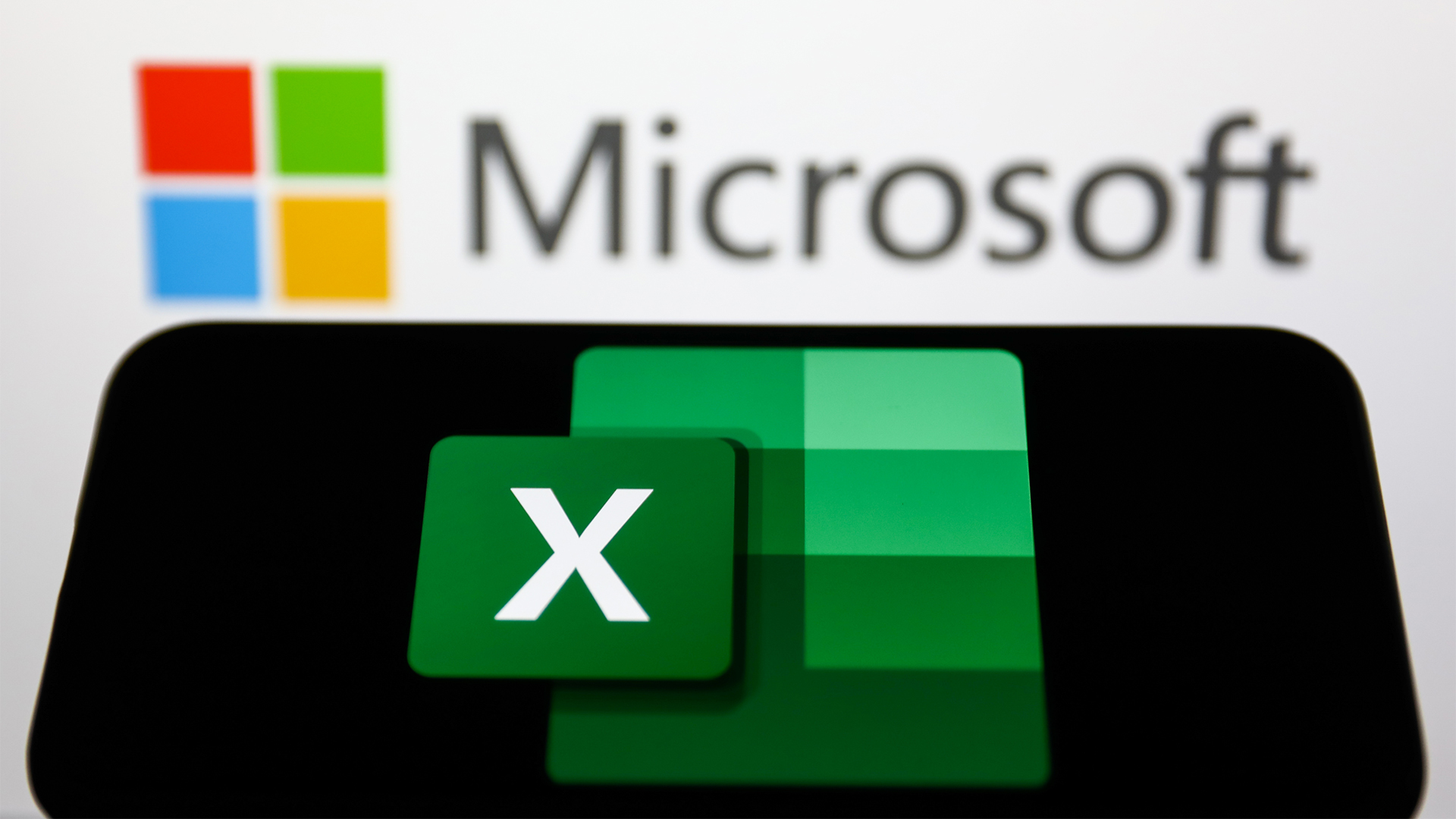Samsung Galaxy Tab review
Samsung's eagerly anticipated Android tablet is finally here, but it doesn't live up to all the hype. Read our in-depth review to find out why.
We wanted to like the Samsung Galaxy Tab, hoping it would have all the strengths of the Pad, but none of its weaknesses. We loved its slender, lightweight and attractive design. The microSD card slot is undeniably useful. The bundled apps, although rough around the edges, allow you to get real work done. Unfortunately, the sluggishness of the touchscreen interface, as well as some badly designed features such as copy and paste, can make the Tab infuriatingly frustrating to use, especially when compared to the iPad. It’s all the more frustrating given the Tab’s powerful 1GHz processor and ample RAM. You may be nonetheless still be tempted by the Tab’s slender and lightweight build, but we can’t recommend it wholeheartedly - especially as it’s no cheaper than the 16GB 3G iPad. We’d recommend waiting for a software update, perhaps the upcoming Android 3.0 Gingerbread operating system due next year, to fix the Tab’s software issues before buying. If you must have a tablet now, the iPad is still better, despite its own flaws.
We had no trouble connecting to an Exchange 2003 server to send and receive emails using the included email program. Samsung has modified the email app so that it resembles Apple's iPad Mail app which is definitely a good thing. Pop up menus give access to extra features without obscuring too much of the rest of the app. When oriented horizontally, the app is divided into two panes allowing you to see your inbox and a preview of the currently selected message. This makes it much easier to sift through large quantities of email.
Unfortunately, there's no way to manipulate multiple emails simultaneously. So, for example, one can't select several emails and then delete them all in one go you have to delete them one by one. Although we had no trouble accessing contacts stored on our Exchange server by using the email program's address autocomplete feature when composing emails, the included Contacts app appeared empty so we couldn't browse those contacts.
Less surprising, but no less disappointing, we found we couldn't view shared calendars stored on the Exchange server in the Calendar app only the default calendar associated with our user account could be viewed. We couldn't accept or reject meeting invitations sent via email by other Exchange users. The iPad also shares this limitation, but at least the iPad allows you to tap on the date and add it to your own calendar automatically the Tab doesn't.
Typing on the Tab's onscreen keyboard works surprisingly well. When oriented vertically, we were able to type with our thumbs quite accurately. This is helped by the haptic feedback the Tab vibrates gently every time you press a key. It's not helped by the rather average text autocorrect/autocomplete system, which isn't as good as the iPad's at correcting common typos, or the very small spacebar. Thumb typing grows tiresome when working on long documents, or even moderately long emails, though. Unfortunately, the keyboard isn't big enough for comfortable typing when oriented horizontally, a problem we suspect is due to the comparatively small 7in screen. An alternative is the Swype keyboard which lets you type words by simply swiping your finger over the keys instead of hitting each one individually. It takes some getting used to and works well enough, but the keys aren't any bigger than on the usual keyboard.
Sign up today and you will receive a free copy of our Future Focus 2025 report - the leading guidance on AI, cybersecurity and other IT challenges as per 700+ senior executives
-
 Trump's AI executive order could leave US in a 'regulatory vacuum'
Trump's AI executive order could leave US in a 'regulatory vacuum'News Citing a "patchwork of 50 different regulatory regimes" and "ideological bias", President Trump wants rules to be set at a federal level
By Emma Woollacott Published
-
 Microsoft Excel is still alive and kicking at 40 – and it's surging in popularity as 82% of finance professionals report ‘emotional attachment’ to the spreadsheet software
Microsoft Excel is still alive and kicking at 40 – and it's surging in popularity as 82% of finance professionals report ‘emotional attachment’ to the spreadsheet softwareNews A recent survey found Gen Z and Millennial finance professionals have a strong “emotional attachment” to Microsoft Excel
By Emma Woollacott Published
-
 LastPass hit with ICO fine after 2022 data breach exposed 1.6 million users – here’s how the incident unfolded
LastPass hit with ICO fine after 2022 data breach exposed 1.6 million users – here’s how the incident unfoldedNews The impact of the LastPass breach was felt by customers as late as December 2024
By Emma Woollacott Published